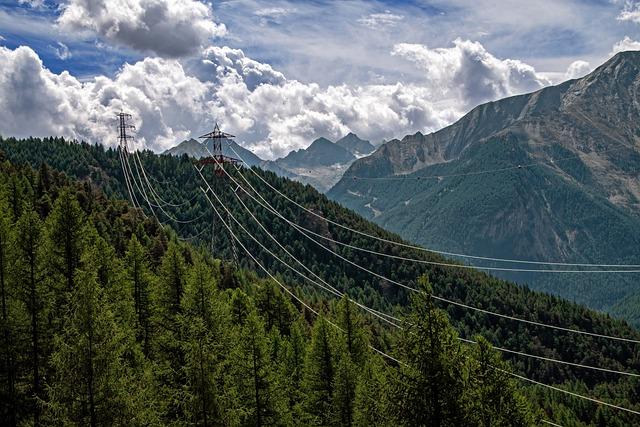The Anatomy of Trees

Trees are a fundamental part of our natural landscape, shaping the environment around us and providing countless benefits for both humans and wildlife. Understanding the anatomy of trees is essential in appreciating their importance and impact on our world. In this article, we will delve into the intricate structure of trees, from their roots to their leaves, and explore how each component plays a crucial role in their growth and survival. Join us as we uncover the fascinating anatomy of trees and gain a deeper insight into these towering giants of the plant kingdom.
Root System
The root system of a tree is crucial for its overall health and stability. Roots anchor the tree in the soil, providing support and absorbing water and nutrients essential for growth. They also contribute to soil aeration and prevent erosion.
- Importance of Roots: Efficient nutrient uptake and water absorption
- Root Functions: Anchoring, support, and soil conservation
Trunk Structure
The trunk of a tree serves as the central support structure, connecting the roots to the branches and leaves. It is responsible for transporting water and nutrients from the roots to the rest of the tree, while also providing strength and stability to withstand environmental factors.
- Role of the Trunk: Support and nutrient transport
- Trunk Features: Cambium layer for growth and protection
Crown Formation
The crown of a tree consists of branches and leaves that play a vital role in photosynthesis, the process by which trees convert sunlight into energy. Proper crown formation is essential for optimal growth and ensures the tree receives ample sunlight and air circulation.
- Function of Branches: Support for leaves and fruits
- Leaf Characteristics: Chlorophyll for photosynthesis
Bark Composition
The bark of a tree acts as a protective barrier against pests, diseases, and environmental stressors. It also serves as a waterproof layer, preventing excessive water loss and regulating temperature. The composition of tree bark varies among species and provides insight into the tree’s age and health.
- Protective Nature: Shield against pathogens and insects
- Bark Texture: Smooth, rough, or peeling depending on species
Q&A
Q: What are the main parts of a tree’s anatomy?
A: The main parts of a tree’s anatomy include the roots, trunk, branches, leaves, and reproductive structures such as flowers and fruits.
Q: What is the function of the roots in a tree?
A: The roots of a tree anchor it into the soil, absorb water and nutrients, and store food for growth and survival.
Q: How does the trunk of a tree support its overall structure?
A: The trunk of a tree provides support and stability for the branches and leaves, as well as conducting water and nutrients between the roots and canopy.
Q: What is the purpose of the branches on a tree?
A: The branches of a tree provide additional support for leaves, flowers, and fruits, as well as serving as a structure for climbing and perching.
Q: What role do leaves play in a tree’s anatomy?
A: Leaves are the primary site for photosynthesis, where sunlight is converted into energy for the tree to grow and thrive. They also regulate gas exchange and transpiration.
Q: How do trees reproduce through their flowers and fruits?
A: Trees reproduce sexually through flowers that contain reproductive organs, which are pollinated by insects or wind. Once fertilization occurs, fruits develop to protect and distribute seeds for new growth.
Q: Why is understanding the anatomy of trees important?
A: Understanding the anatomy of trees is crucial for proper care and maintenance, as well as for studying ecological relationships and climate impact. It also helps in identifying different tree species and appreciating their beauty and importance in the environment.
Conclusion
In conclusion, understanding the anatomy of trees is essential for appreciating their beauty and importance in our ecosystems. The intricate structure of a tree, from roots to leaves, plays a crucial role in sustaining life on our planet. By delving into the complex biology of trees, we can better comprehend their resilience, adaptability, and significance in the natural world. Next time you gaze upon a majestic tree, take a moment to marvel at the fascinating anatomy that allows it to thrive and contribute to the health of our environment. Thank you for exploring the anatomy of trees with us.
Simpsons Tree Services, Servicing Melbourne’s North Eastern Suburbs
Book a quote online at www.simpsonstrees.com.au


